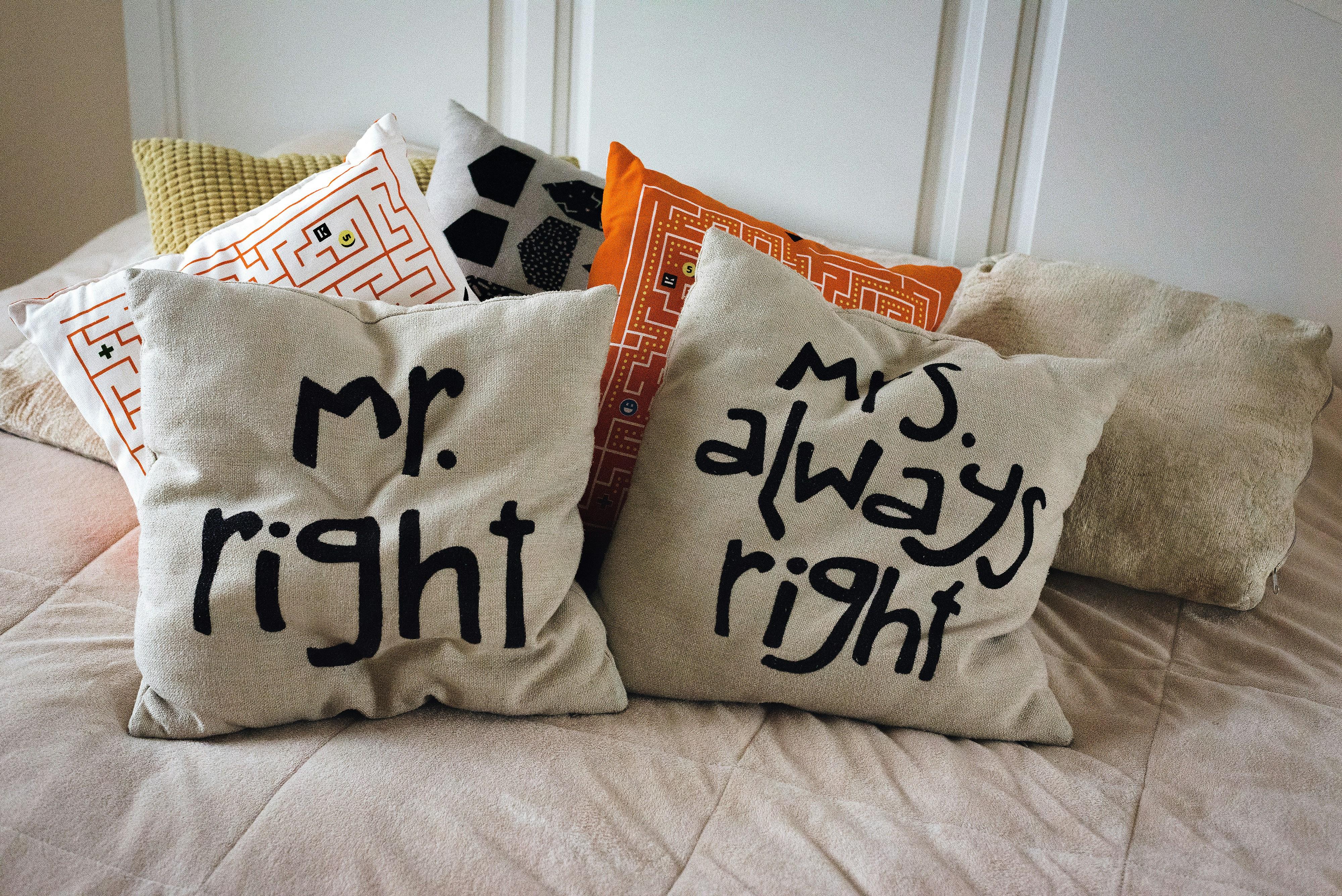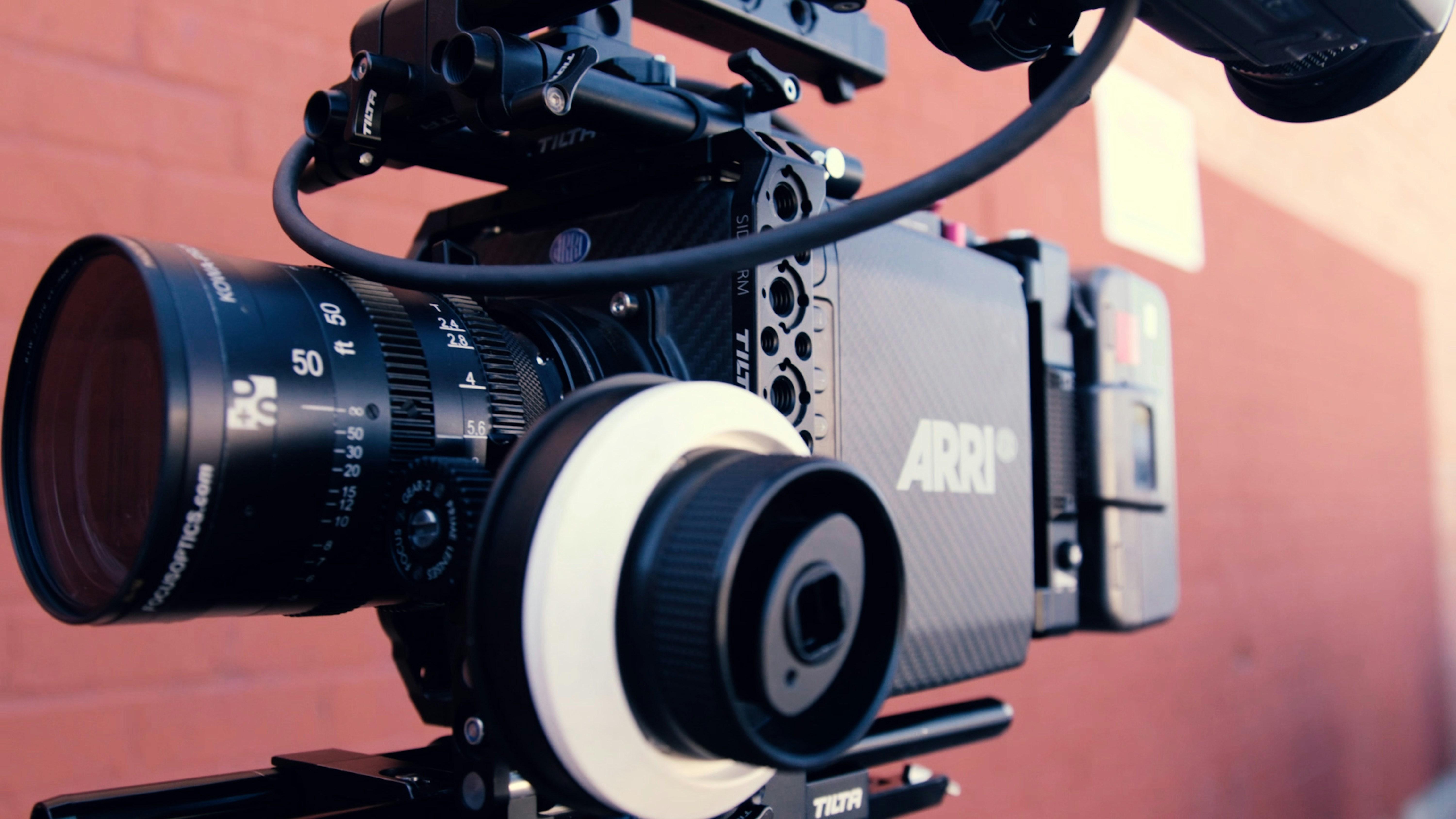The artistic direction of The Marvelous Mrs. Maisel serves as a compelling case study in the meticulous crafting of visual and narrative aesthetics that capture the essence of a bygone era while resonating with contemporary audiences. This Amazon Prime series, created by Amy Sherman-Palladino, has garnered acclaim not only for its sharp wit and engaging storytelling but also for its distinct artistic choices that seamlessly blend historical authenticity with vibrant creativity. From its lavish period-appropriate costumes to the dynamic use of color and lighting, the show’s visual language is meticulously constructed to enhance the narrative and deepen character development. This article delves into the intricate elements of the show’s artistic direction, examining how these components contribute to its unique charm and cultural impact. By analyzing the series’ design elements, we aim to uncover the ways in which The Marvelous Mrs. Maisel transcends conventional television aesthetics, offering viewers an immersive experience that is both nostalgic and refreshingly original.
Exploring Visual Storytelling Techniques in The Marvelous Mrs. Maisel
The visual storytelling in The Marvelous Mrs. Maisel is a masterclass in using aesthetics to enhance narrative depth. The show’s artistic direction employs a vibrant color palette that echoes the optimism and dynamism of the late 1950s and early 1960s. Costume design plays a crucial role in this visual narrative, with Midge Maisel’s outfits evolving alongside her character’s journey from housewife to stand-up comedian. The meticulous attention to period detail not only grounds the audience in the era but also reflects the social and cultural shifts that Midge navigates.
Another key technique is the use of camera movements and framing to convey emotional subtext and character dynamics. Long tracking shots often capture the bustling energy of New York City, while close-ups are strategically used to highlight moments of introspection or tension. The series frequently utilizes symmetry and composition to create visually pleasing scenes that draw viewers into the world of the characters. Additionally, the integration of lighting and set design adds layers of meaning, with warm lighting often accompanying moments of personal triumph and cooler tones underscoring scenes of conflict or doubt. These elements together create a rich visual tapestry that supports and elevates the storytelling, making the series not just a narrative experience, but a visual one as well.

The Role of Costume Design in Character Development
In “The Marvelous Mrs. Maisel,” costume design plays a pivotal role in shaping the characters’ identities, illustrating their evolution and social status. The vibrant and meticulously crafted outfits are not merely decorative but serve as a visual narrative tool that complements the show’s dynamic storytelling. As Midge Maisel transitions from a housewife to a stand-up comedian, her wardrobe mirrors her transformation, moving from conservative, pastel-colored dresses to bold, assertive ensembles. This evolution in her attire underscores her growing confidence and independence, providing viewers with a deeper understanding of her character’s journey.
- Reflecting Personality: Each character’s costume is tailored to reflect their unique personality traits. For instance, Midge’s mother, Rose, often dons sophisticated, elegant attire, emphasizing her refined taste and social aspirations.
- Setting the Era: The show’s costumes are a tribute to the late 1950s and early 1960s, capturing the essence of the period with precision. This attention to historical detail not only grounds the story in its time but also enriches the viewer’s experience by transporting them to an era of glamour and change.
- Symbolic Significance: Color and style choices often carry symbolic weight. Midge’s red dresses, for example, can be seen as a representation of her boldness and willingness to stand out in a male-dominated field.

Set Design and Its Influence on Narrative Atmosphere
In the vibrant world of The Marvelous Mrs. Maisel, set design plays a pivotal role in shaping the narrative atmosphere, transporting viewers to a meticulously crafted version of mid-20th century New York. The attention to detail is evident in every scene, where the aesthetic choices not only complement the storyline but also enhance the emotional resonance of the characters’ journeys. The production design team employs a palette of bold colors and vintage textures to evoke a sense of nostalgia, grounding the narrative in its historical context while allowing the whimsical and comedic elements to flourish.
- Authenticity: The intricate recreation of period-appropriate locations and interiors lends credibility to the storytelling, immersing audiences in a bygone era.
- Symbolism: The use of specific colors and design motifs often mirror character development and plot progression, subtly guiding viewers’ emotional responses.
- Atmosphere: The bustling cityscapes and intimate club settings provide dynamic backdrops that underscore the protagonist’s vibrant journey through the comedic landscape.
Through these carefully curated environments, the set design of The Marvelous Mrs. Maisel becomes a silent yet powerful narrative tool, influencing the series’ tone and enriching its storytelling depth.

Cinematography Choices Enhancing Comedic Timing
The cinematography in “The Marvelous Mrs. Maisel” is a masterclass in enhancing comedic timing through visual storytelling. One of the standout techniques is the strategic use of framing and composition. The show’s cinematographers often place Midge in dynamic, busy environments, using wide-angle shots to capture the chaos around her. This not only emphasizes her quick wit and sharp dialogue but also adds layers of humor as viewers take in the bustling activity in the background. These carefully crafted frames allow the comedy to unfold naturally, giving the audience multiple elements to engage with, enhancing the overall comedic impact.
- Camera Movement: The use of swift, fluid camera movements mirrors the rapid-fire dialogue and pacing of the show, creating a seamless comedic flow.
- Lighting Choices: Bright, vibrant lighting amplifies the show’s lively atmosphere, while shadows are cleverly used to highlight comedic tension.
- Close-ups and Reaction Shots: Timing these shots perfectly captures the subtleties of the actors’ expressions, enhancing punchlines and comedic moments.
These cinematography choices are not just technical feats but are thoughtfully integrated into the storytelling, elevating the humor and ensuring that the visual style is as captivating as the narrative itself.
